Meibomian gland massage is suitable for diseases such as dry eye syndrome and stye caused by meibomian gland dysfunction. Contraindications include acute eye infections, corneal ulcers, severe ocular surface injuries, etc.
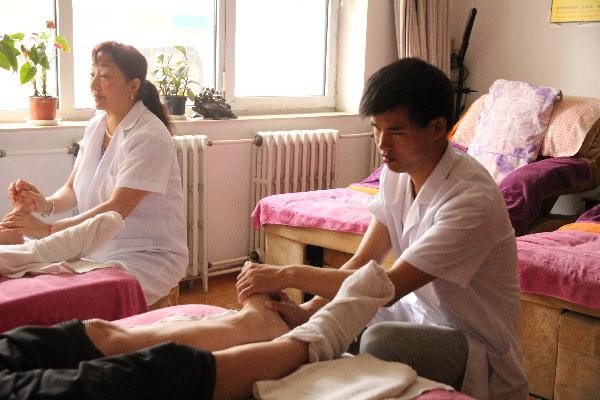
Meibomian gland massage is a treatment method that combines traditional Chinese medicine with modern medical theory, mainly promoting the discharge of meibomian gland secretions through mechanical compression. Among the indications, meibomian gland dysfunction is the most common one. Patients with this condition usually present with dry eyes, foreign body sensation, burning sensation, and in severe cases, blurred vision. In the early stage of stye, massage can promote glandular patency and prevent pus accumulation. Some patients with chronic conjunctivitis may also try assisted massage under the guidance of a doctor when accompanied by meibomian gland obstruction. In terms of contraindications, massage may cause the spread of pathogens during acute bacterial or viral keratitis attacks. When there is an ulcer or epithelial defect in the cornea, external stimulation may exacerbate the damage. Patients who have recently undergone eye surgery, such as cataracts or corneal transplantation, should avoid massage that interferes with wound healing. Patients with eye tumors or severe eye injuries are also not suitable for this procedure. Some individuals with special physical conditions may have allergic reactions to massage, resulting in symptoms such as increased eyelid redness and swelling. Before performing meibomian gland massage, a professional ophthalmic examination and evaluation should be conducted. Disinfection equipment and artificial tear lubrication should be used during the operation. Daily use can be combined with hot compress at 40-45 ℃ to promote glandular softening. Dietary attention should be paid to reducing high-fat intake, and supplementing with vitamin A and omega-3 fatty acids appropriately can help improve glandular function. If there is persistent redness, pain, or vision loss after massage, stop immediately and seek medical attention.
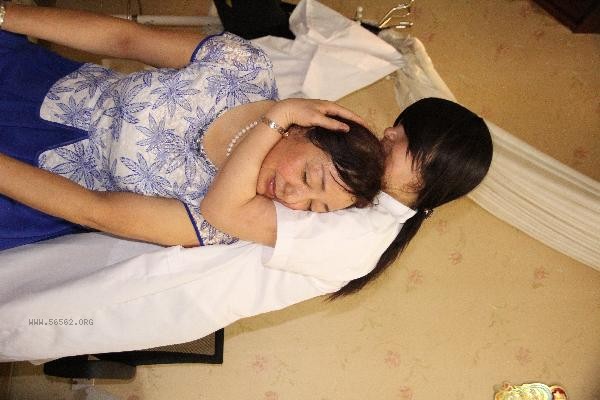
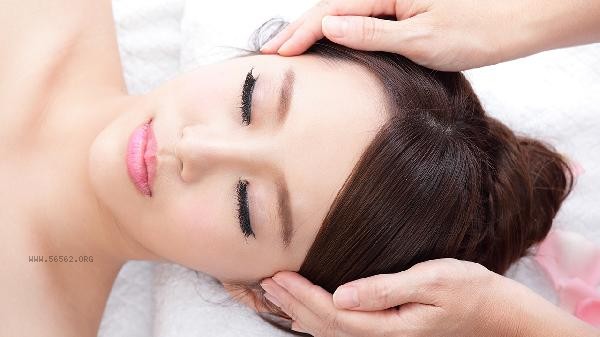

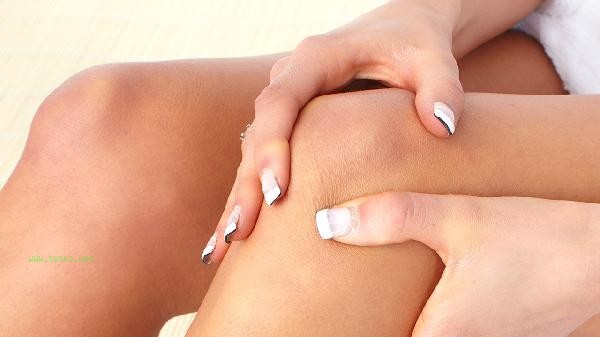
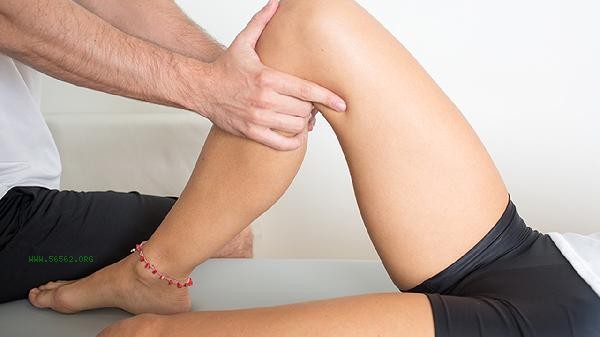
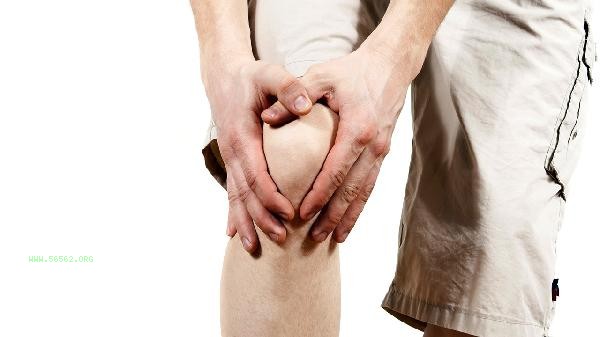

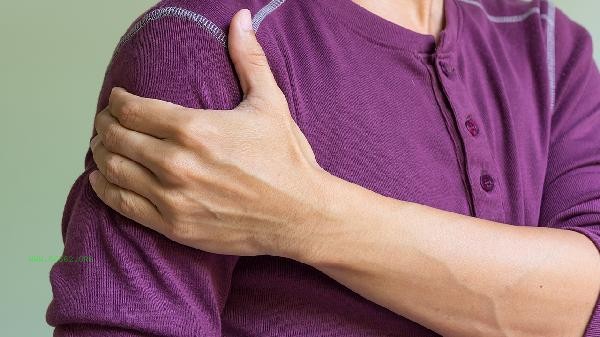


Comments (0)
Leave a Comment
No comments yet
Be the first to share your thoughts!